Virtual Visit
For Current Gallery Park Dental Patients
At Gallery Park Dental, we value health and safety. We offer teledentistry for patients uncomfortable coming into our dental office.
Let’s keep your dental care on track by checking in with your dentist virtually.
How It Works
Step 1:
Take 8 pictures of your smile from these angles.
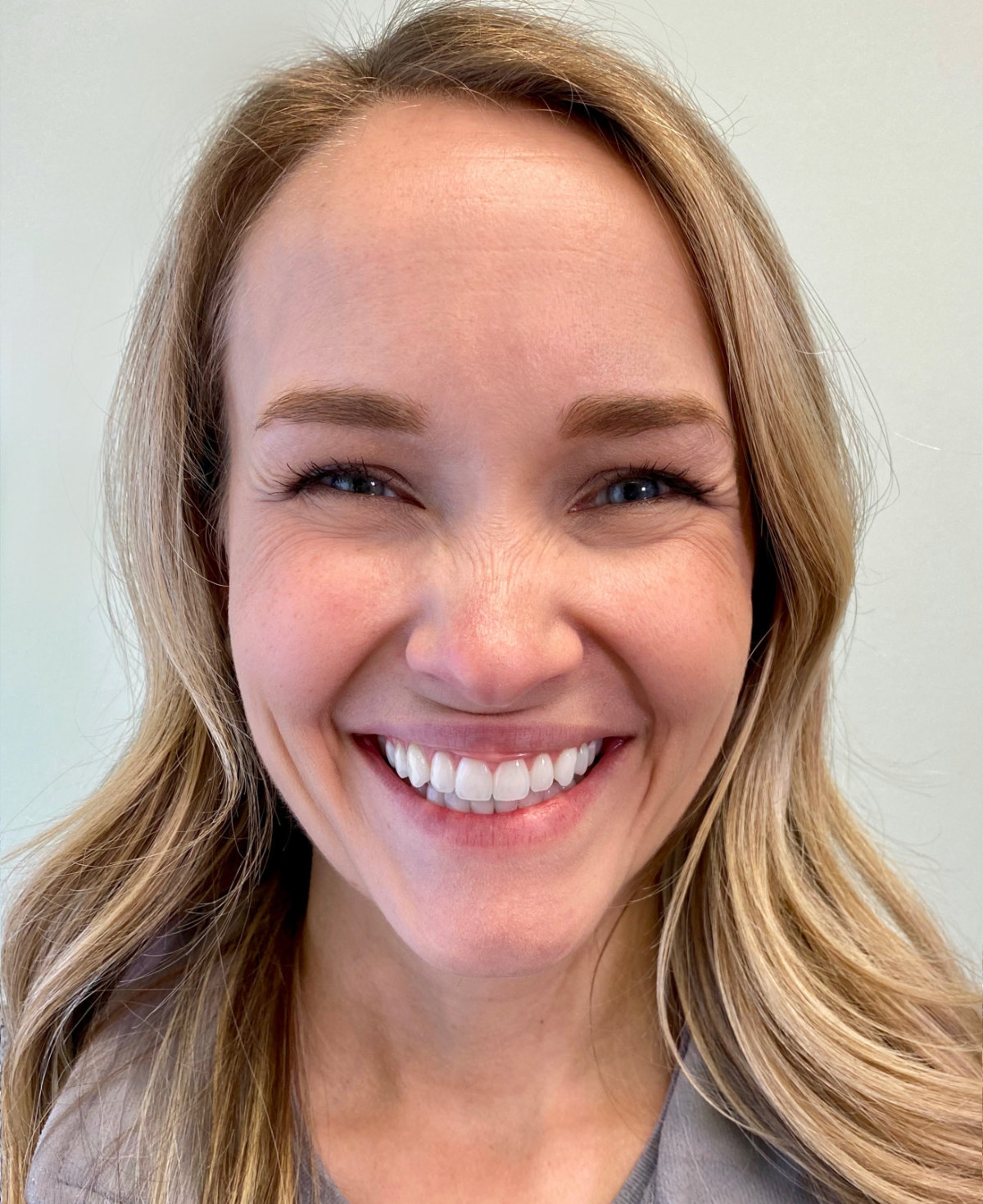
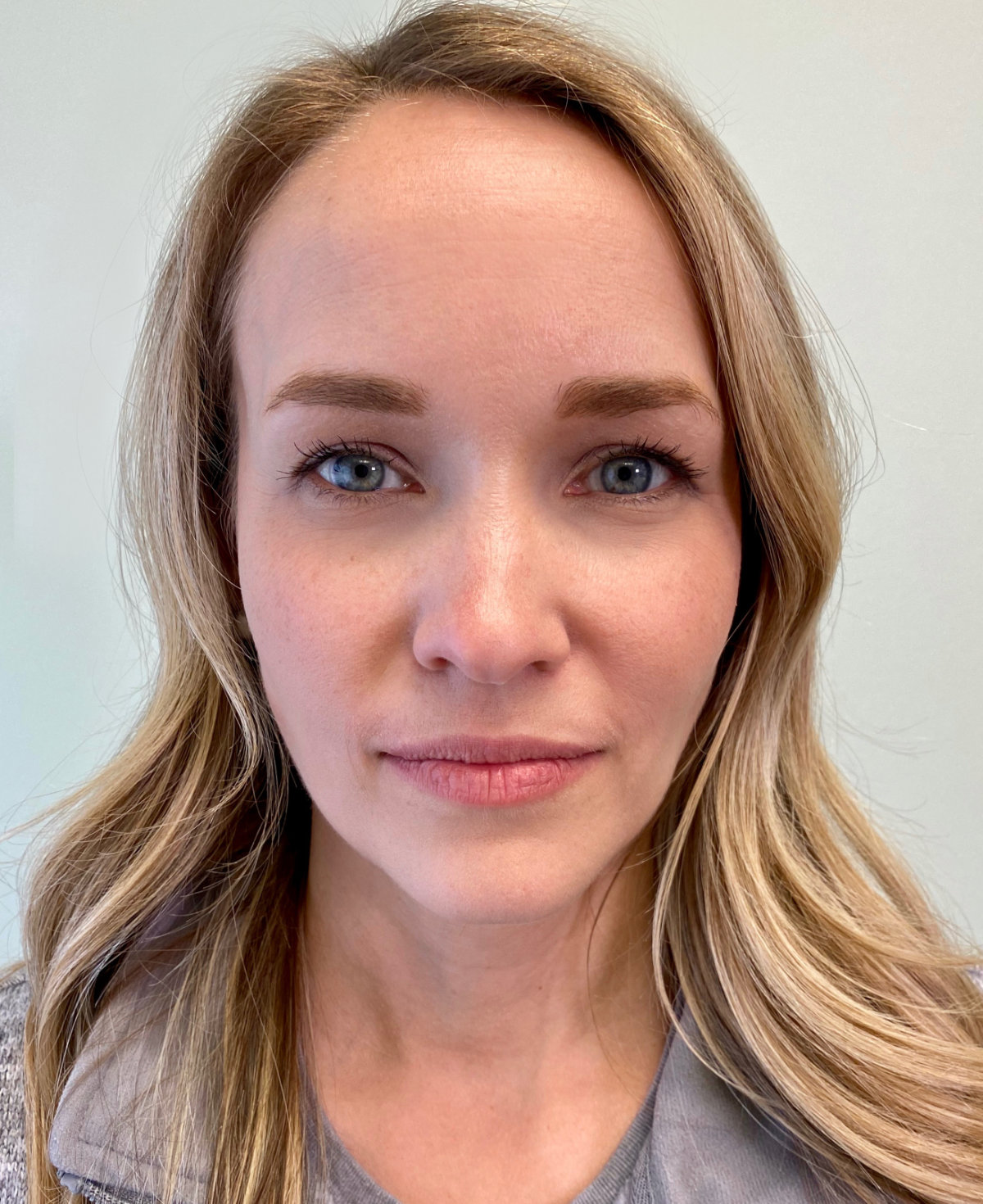
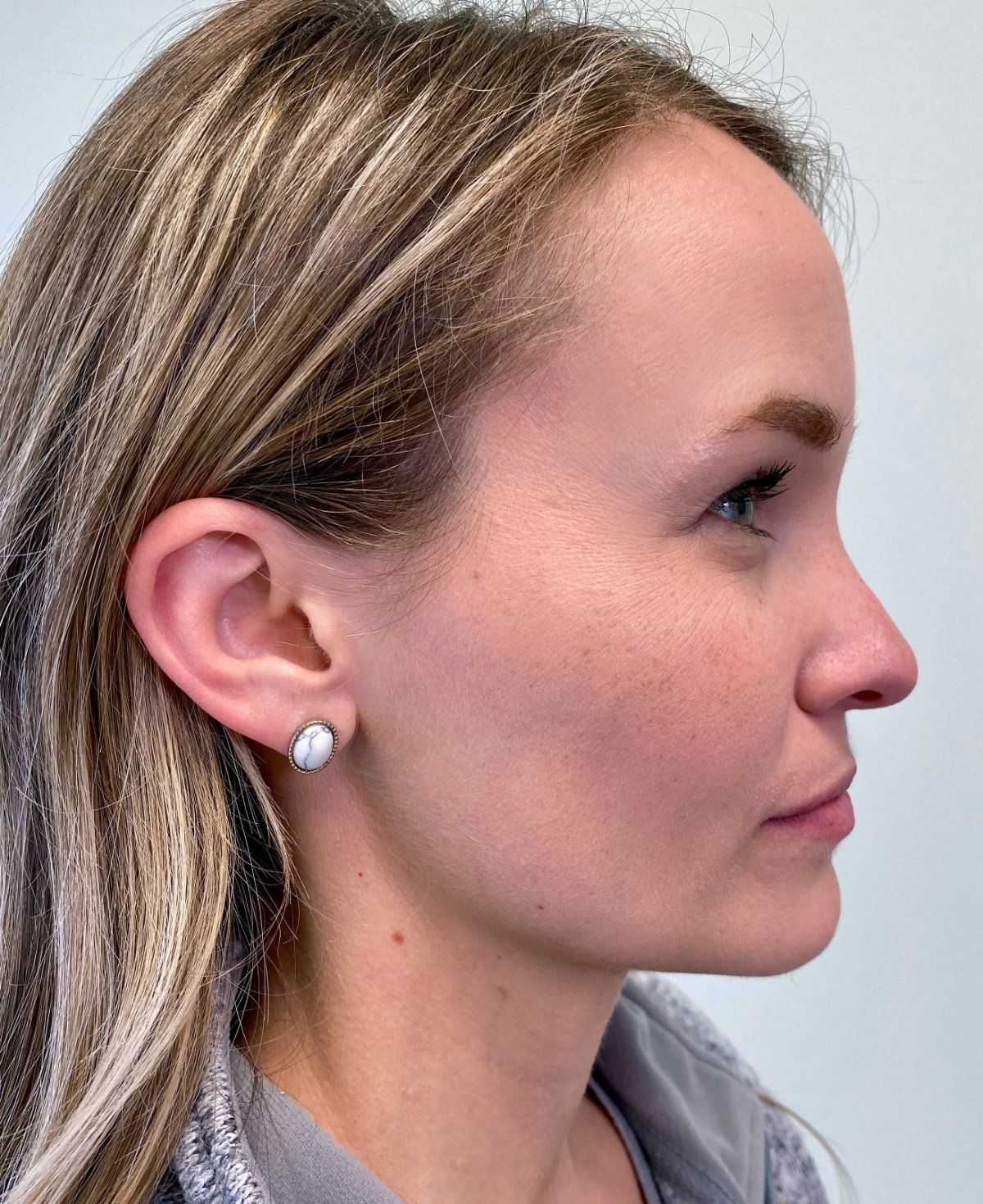

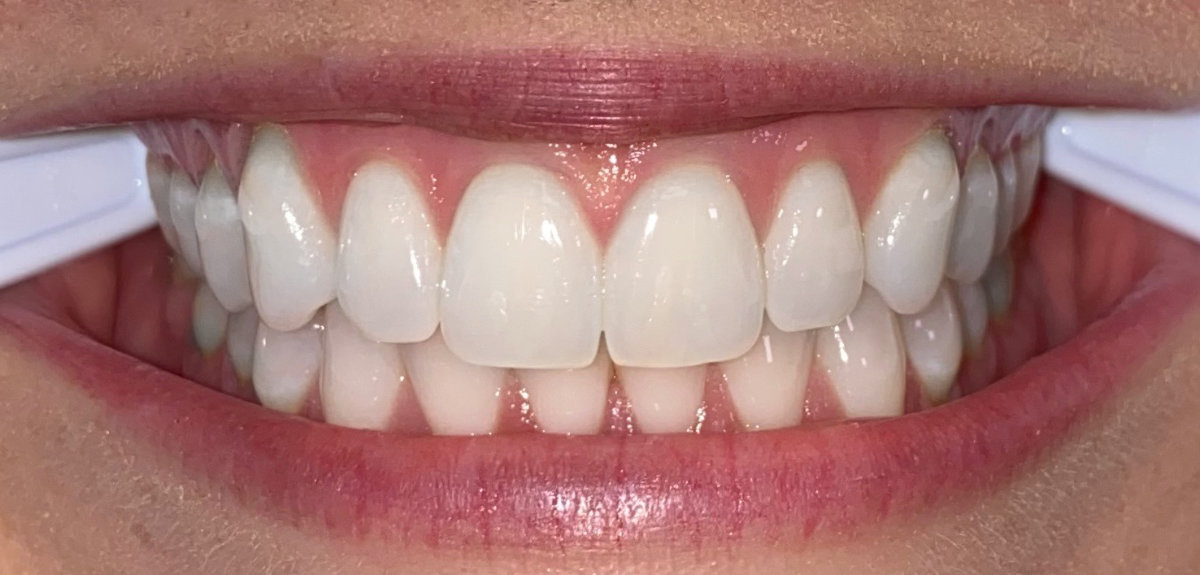
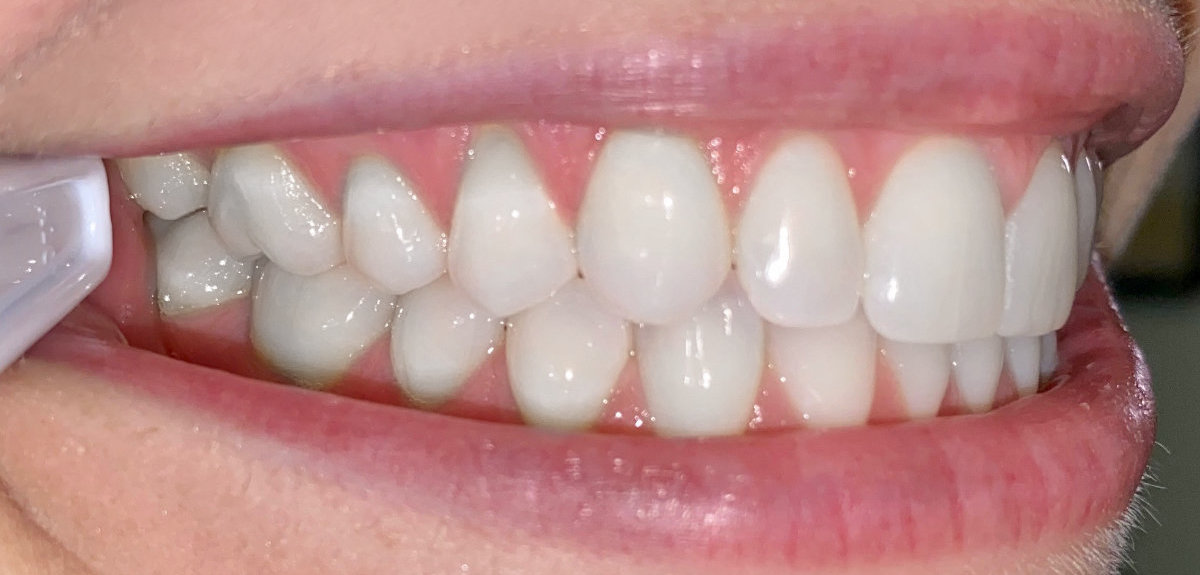
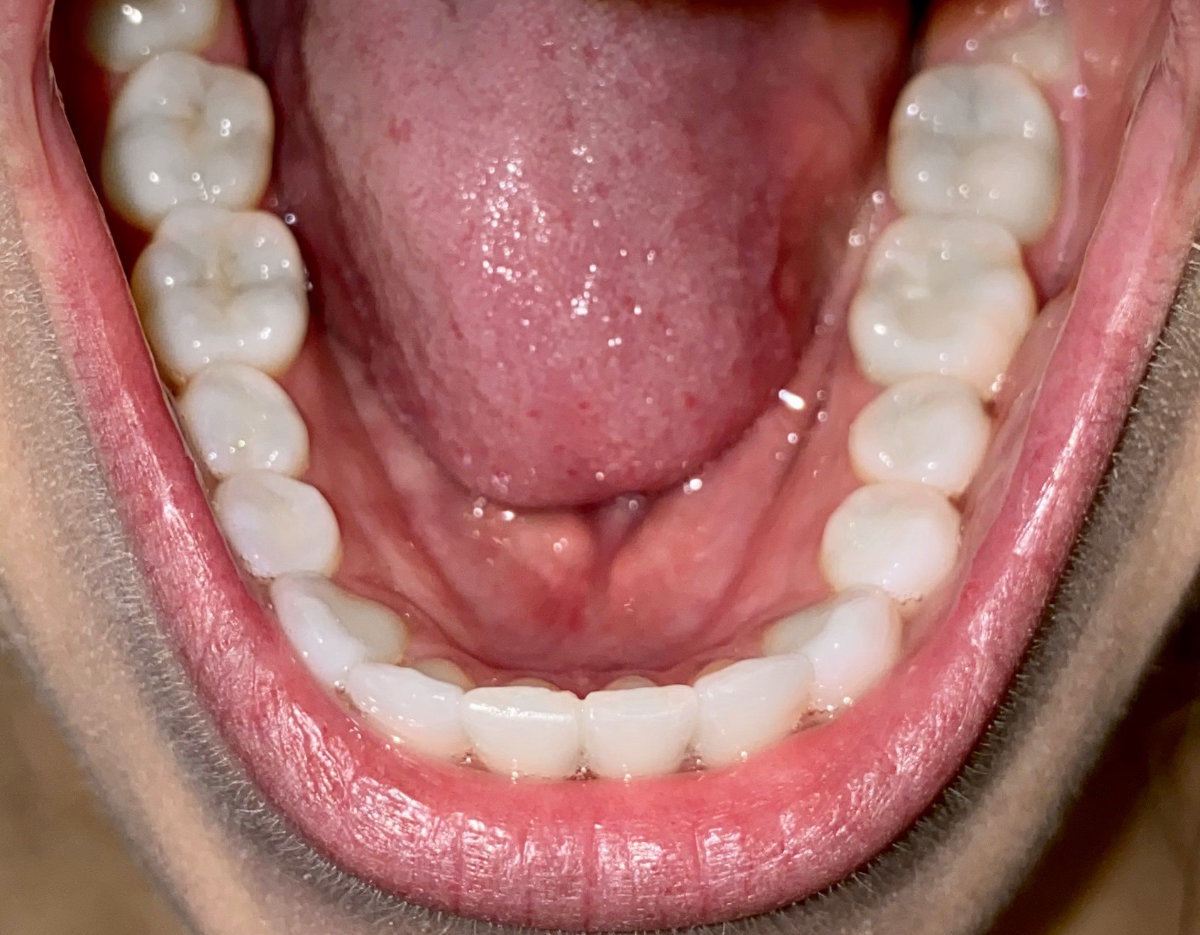
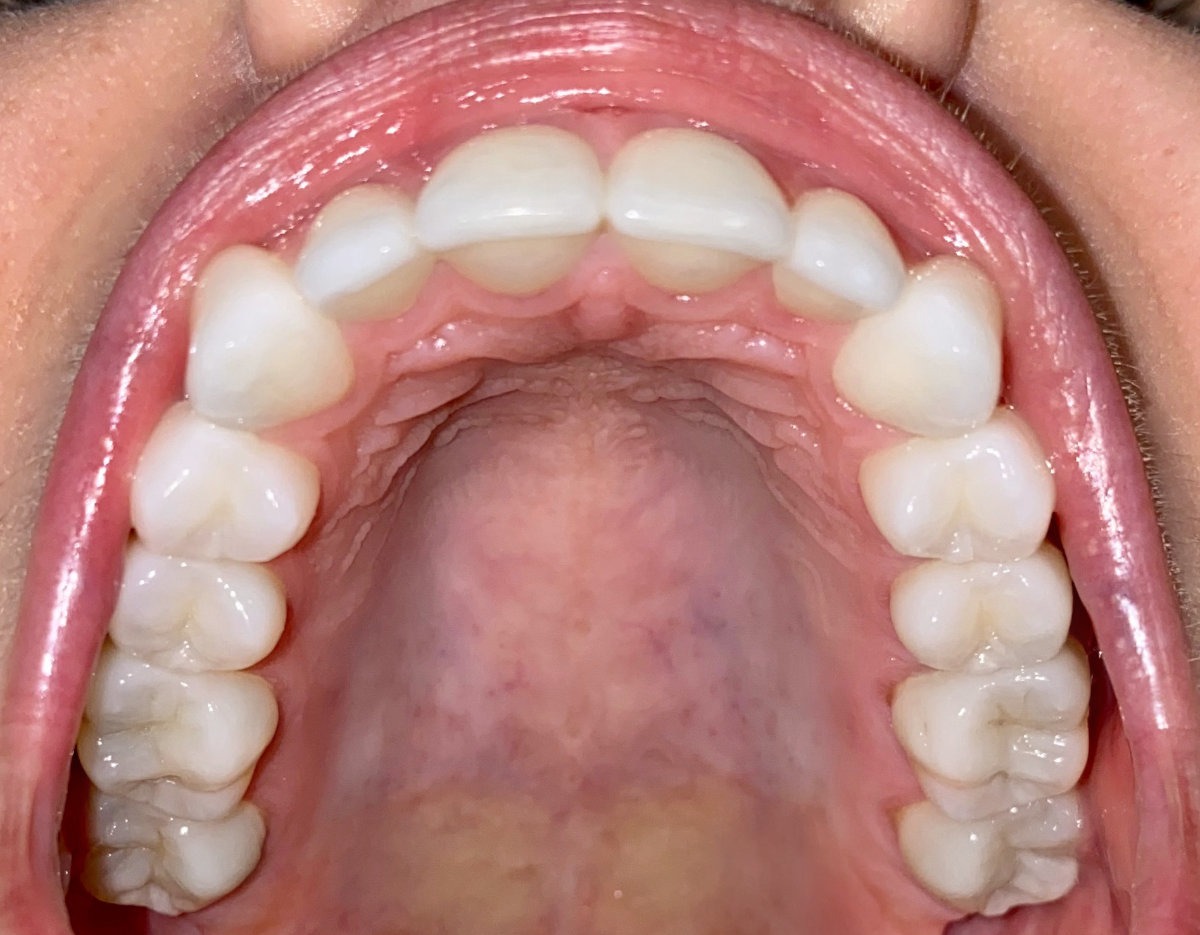
Need help taking photos?
Step 2:
Fill out the form below.
Step 3:
You’re finished! We will assess your photos and will get back to you soon with more information.
VERY IMPORTANT
When we send you an email, or you send us an email, the information sent is not encrypted. That means a third party may be able to access the information and read it since it is transmitted over the Internet. If you receive an email, someone may be able to access your email account and read it.
- HIPAA stands for the Health Insurance Portability and Accountability Act
- HIPAA was passed by the U.S. government in 1996 in order to establish privacy and security protections for health information
- Information stored on our computers is encrypted.
- Most popular email services (ex. Hotmail®, Gmail®, Yahoo®) do not utilize encrypted email.
- Email is a very popular and convenient way to communicate for a lot of people, so in their latest modification to the HIPAA act, the federal government provided guidance on email and HIPAA.
- The guidelines state that if a patient has been made aware of the risks of unencrypted email, and that same patient provides consent to receive health information via email, then a health entity may send that patient personal medical information via unencrypted email.
- For more information visit https://www.gpo.gov/fdsys/pkg/FR-2013-01-25/pdf/2013-01073.pdf.
By sending a request for virtual consultation with email you are accepting the terms and conditions of utilizing non-encrypted email to communicate health information.
What Is Teledentistry?
Teledentistry is a method of providing dental services in Glenview, IL utilizing technology to provide audiovisual communication between patient and provider without the need for an in-person meeting. Teledentistry can include patient care services provided using the following methods:
- Live Video (Synchronous): Live, two-way interaction between a person (patient, caregiver, or provider) and a provider using audiovisual telecommunications technology.
- Store-and-forward (Asynchronous): Transmission of recorded health information (radiographs, photographs, video, and digital impressions) through a secure electronic communications system to a practitioner, who uses the information to evaluate a patient’s condition or render a service outside of real-time, live interaction.
- Remote Patient Monitoring (RPM): Personal health and medical data collection from an individual in one location via electronic communication technologies, which is transmitted to a provider in a different location for use in care and related support of care.
As you can see, teledentistry is a great tool for the dentist and patient to interact without the need for expensive, inconvenient in-person visits.
What Are the Benefits of Teledentistry?
While teledentistry will never replace in-person dentistry, it can help to make dentistry more affordable and more accessible. When used appropriately, and in combination with qualified providers, teledentistry can:
Improve Accessibility of Care
The use of virtual communications technology provides a significant benefit in providing patients access to care. Many barriers reduce patient’s access to care including, but not limited to: overall health condition, work/school obligations, physical location, and issues associated with transportation. Using teledentistry and electronic communication devices can easily be utilized from home or at work to help patients receive answers to their questions/concerns when, and where, it is most convenient for them.
Reduce Cost of Treatment
Research shows the use of teledentistry encourages people to seek advice on dental problems earlier and, often, before they become serious. In other words, teledentistry is helping your provider to identify problems sooner, which brings down the cost of treatment across the industry.
In addition, patients benefit from the use of teledentistry as it eliminates travel costs and time away from other obligations (i.e. work or school).
Provide More Precise Planning
Providers can be reached more easily and sent specific information about a patient’s case, allowing for more accurate diagnosis and more precise, individually tailored treatment.
For example, a patient with a mysterious sore spot in his or her mouth can have a video consultation performed, receive an assessment, and determine if the problem merits an appointment with a provider.
Reduce Patient Fears
Many people have a fear, or at least a strong dislike, of the dentist. Teledentistry removes many of the visual and auditory cues that trigger anxious feelings in the dental office. Patients often report feeling less nervous and more “in control” when turning to teledentistry.
What Can Be Done During Teledentistry Appointments?
Telehealth services are becoming more and more popular and it’s not just because of COVID-19! There are many benefits to having virtual appointments for your health and dental care. Some common services provided utilizing Teledentistry include:
- Dental emergency assessment: A helpful step to decide if you need to come in for emergency dental care in Glenview or not.
- General dental questions or concerns: A simple way to get your dentist’s help without requiring a physical appointment.
- Dental Consultations: If you want to improve the look of your smile, your dentist can provide you with treatment recommendations and helpful information like costs and a timeline.
